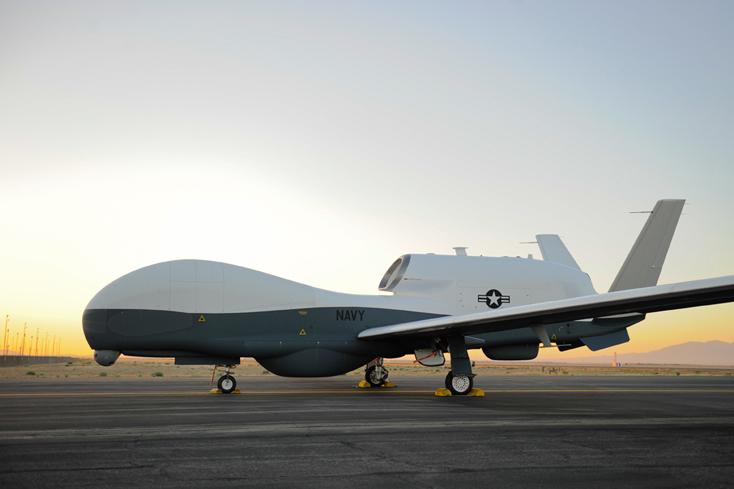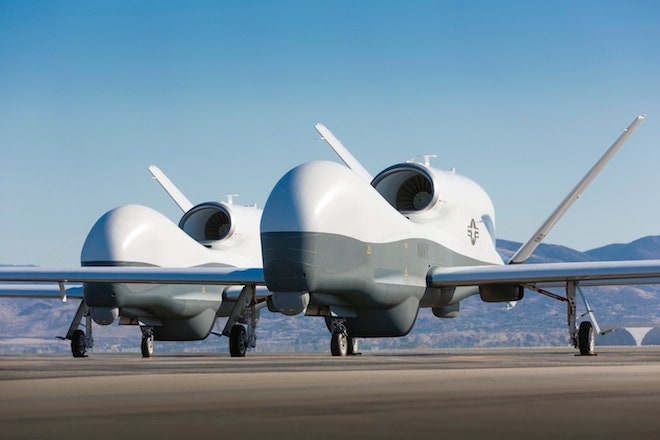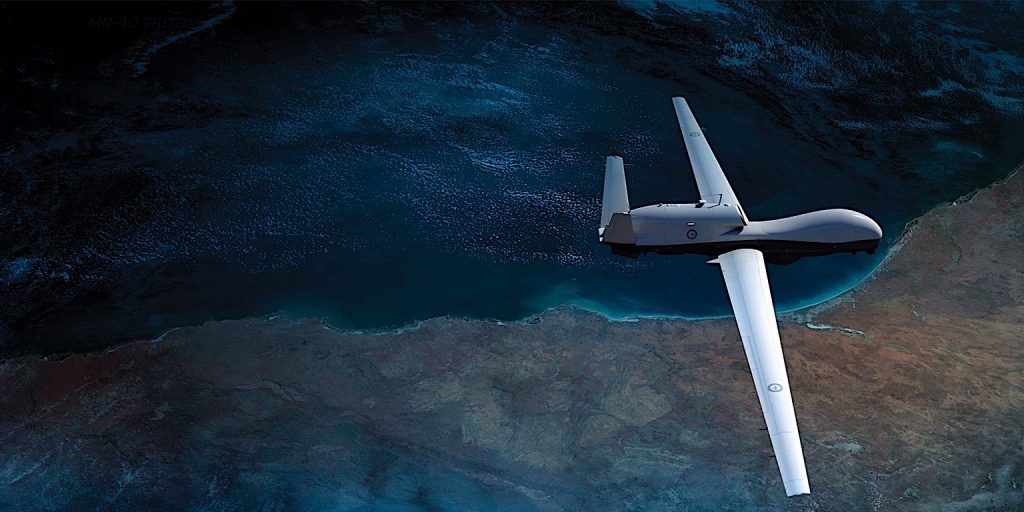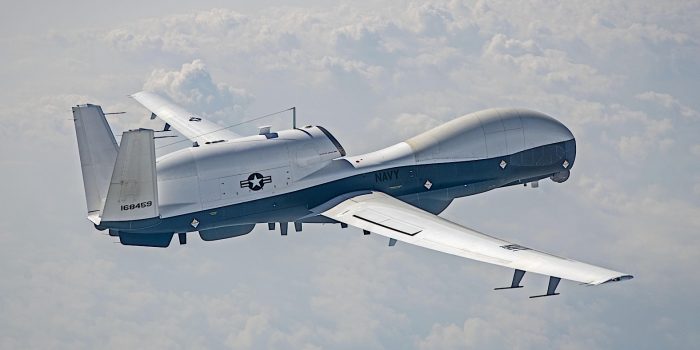Integrated Functional Capability (IFC)-4 are the upgrades known to bring an enhanced multi-mission sensor capability to the drones. A Northrop Grumann MQ-4C Triton drone is no exception to that. And last week, the U.S. Navy put these upgrades to the test during the first flight of a modified Triton.
The veteran Triton drone had its first flight in 2013 and was created with the purpose of performing a variety of missions, including maritime intelligence, surveillance, reconnaissance, and communications relay.
Since then, it has grown in capabilities, and according to a Northrop Grumman, it is being on the brink of entirely revolutionizing the US Navy and the RAAF’s maritime patrols and reconnaissance tasks.

The new configuration of Triton is at the centre of another modernization process through its High-Altitude, Long-Endurance (HALE) capabilities and multi-intelligence systems. In addition, it has high-bandwidth multiple data feeds, providing situational awareness on both the tactical and strategic levels.
If the plan works as intended, then the two baseline configuration Tritons operating in the Pacific region by US Navy will expand worldwide as it reaches initial operating capability (IOC) in 2023.

There will be a fleet of 68 Tritons, and five will fly on missions for 24 hours at a time, going up to more than 10 miles (16 km), and can cover distances of up to 9,400 miles (15,100 km). The number of Tritons existing are deployed with the U.S. Navy and the Royal Australian Air Force. This will enable the US Navy to avoid the deployment of its crewed EP-3 Aries patrol craft. Eventually, artificial intelligence and machine learning would also be upgraded.
“This hugely important milestone for our Triton Multi-INT program is the culmination of over five years of intense engineering, integration and test, and represents the efforts of the hundreds of team members who have worked so tirelessly to achieve this Herculean task,” says Captain Dan Mackin, Persistent Maritime Unmanned Aircraft Systems program manager.

“The Multi-INT capability that the U.S. Navy and Royal Australian Air Force have procured through Northrop Grumman, our Naval Warfare Centers and our GFE partners is like no other – 360-degree AESA maritime radar, full-motion EO/IR video streaming, high-altitude, long-endurance, full-spectrum signals intelligence and the pipes to send multiple data types to ships, aircraft and intelligence community ground stations allow our forces to hold adversaries at risk and protect the peace which is so vital to our national interest.”


